Growth in E-commerce and Online Retail
The Steel Containers Market is witnessing growth driven by the expansion of e-commerce and online retail. As more consumers turn to online shopping, the demand for secure and reliable packaging solutions increases. Steel containers are favored for their strength and ability to protect products during shipping, which is essential for maintaining customer satisfaction. In 2025, the e-commerce sector is expected to account for a significant portion of retail sales, further propelling the need for effective packaging solutions. This trend suggests that manufacturers of steel containers may experience heightened demand, potentially leading to a market growth rate of 6% annually.
Regulatory Support for Sustainable Practices
The Steel Containers Market benefits from increasing regulatory support aimed at promoting sustainable practices. Governments worldwide are implementing stringent regulations to reduce plastic waste and encourage the use of recyclable materials. Steel containers, being recyclable and reusable, align well with these regulations, making them a preferred choice for manufacturers. As a result, companies are likely to invest more in steel container production, anticipating a shift in consumer preferences towards environmentally friendly packaging. This regulatory environment is expected to bolster the market, with projections indicating a potential increase in market share for steel containers by 15% over the next five years.
Rising Demand for Durable Packaging Solutions
The Steel Containers Market experiences a notable increase in demand for durable packaging solutions across various sectors. Industries such as food and beverage, chemicals, and pharmaceuticals are increasingly opting for steel containers due to their robustness and ability to preserve product integrity. The durability of steel containers ensures that products remain safe during transportation and storage, which is crucial for maintaining quality. In 2025, the market for steel containers is projected to reach approximately 10 billion USD, reflecting a compound annual growth rate of around 5%. This growth is driven by the need for reliable packaging that can withstand harsh conditions, thereby enhancing the overall efficiency of supply chains.
Increasing Investment in Infrastructure Development
The Steel Containers Market is positively influenced by rising investments in infrastructure development across various regions. As countries focus on enhancing their infrastructure, the demand for steel containers in construction and logistics is likely to surge. Steel containers are utilized for storage and transportation of construction materials, making them integral to infrastructure projects. The projected increase in infrastructure spending, estimated to reach over 4 trillion USD by 2026, indicates a robust market opportunity for steel container manufacturers. This investment trend suggests a sustained demand for steel containers, potentially leading to a market expansion of 7% over the next few years.
Technological Innovations in Manufacturing Processes
Technological advancements play a pivotal role in shaping the Steel Containers Market. Innovations in manufacturing processes, such as automation and advanced welding techniques, enhance production efficiency and reduce costs. These improvements not only streamline operations but also allow for the customization of steel containers to meet specific client needs. As manufacturers adopt these technologies, they can produce higher-quality products at a faster rate, thereby increasing competitiveness in the market. The integration of smart technologies, such as IoT, into steel container production is also emerging, potentially revolutionizing inventory management and tracking, which could lead to a more efficient supply chain.


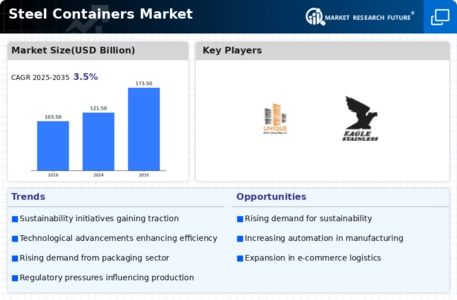
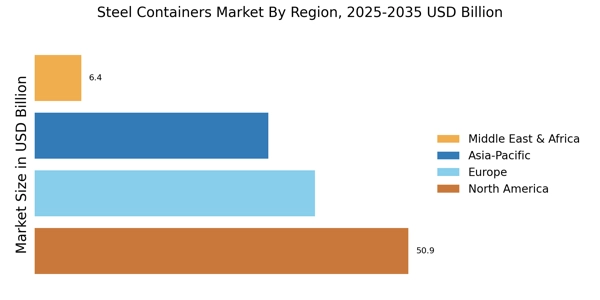

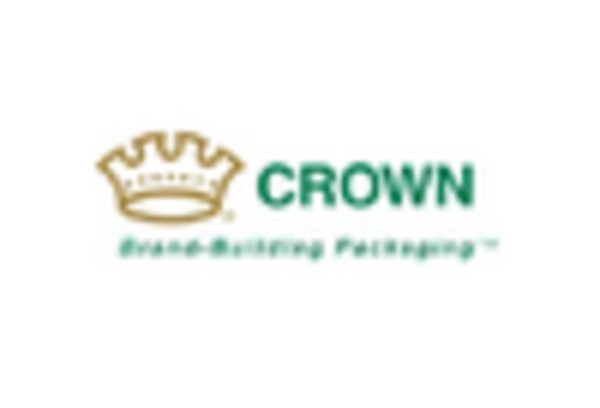
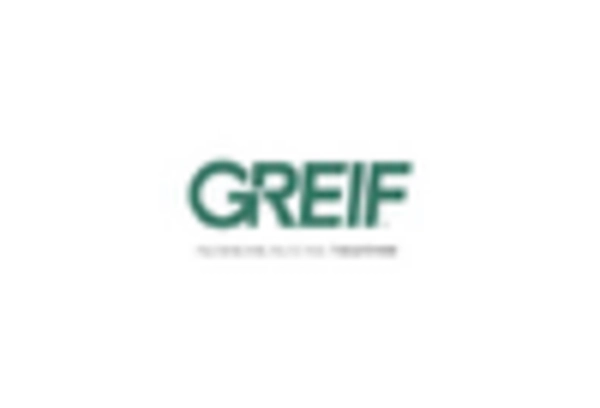

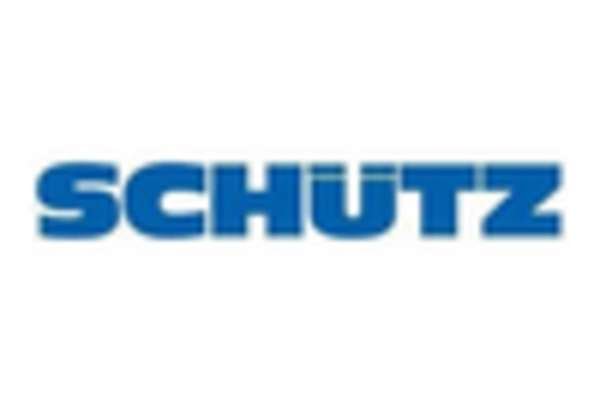
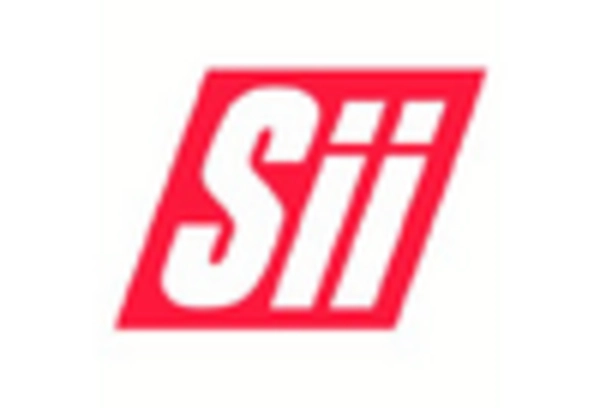








Leave a Comment